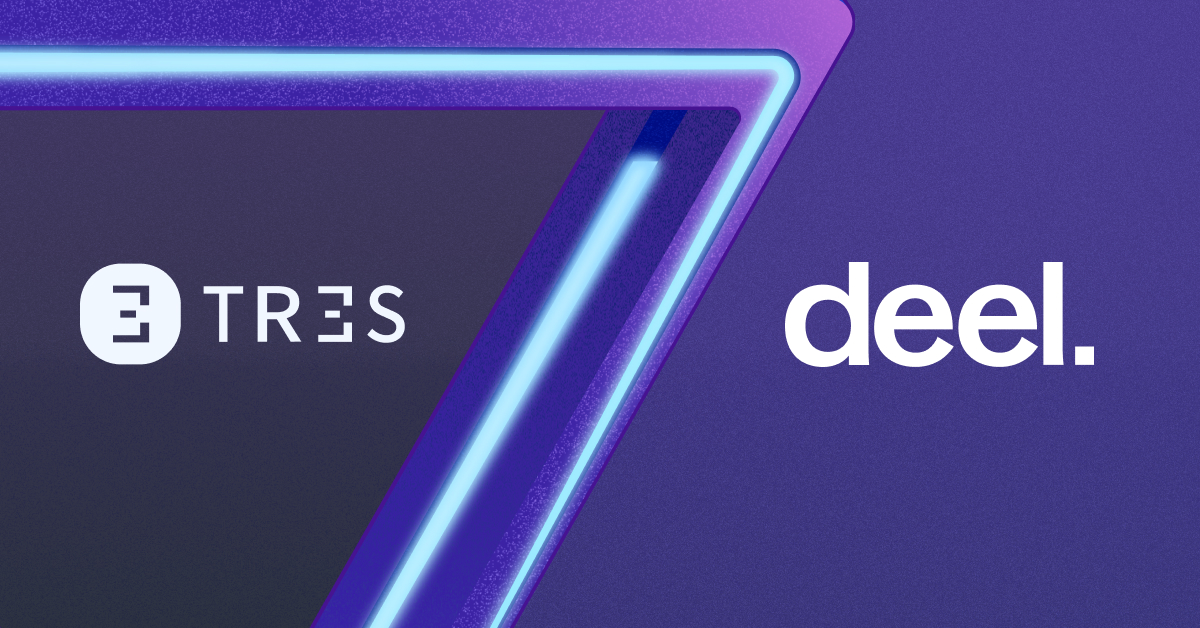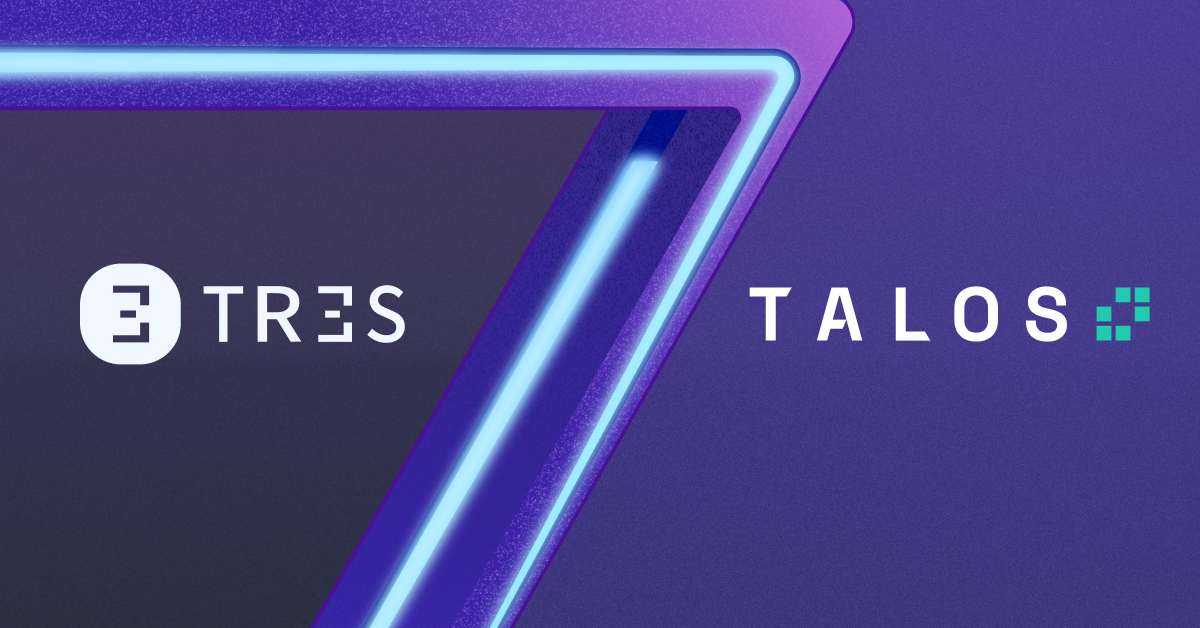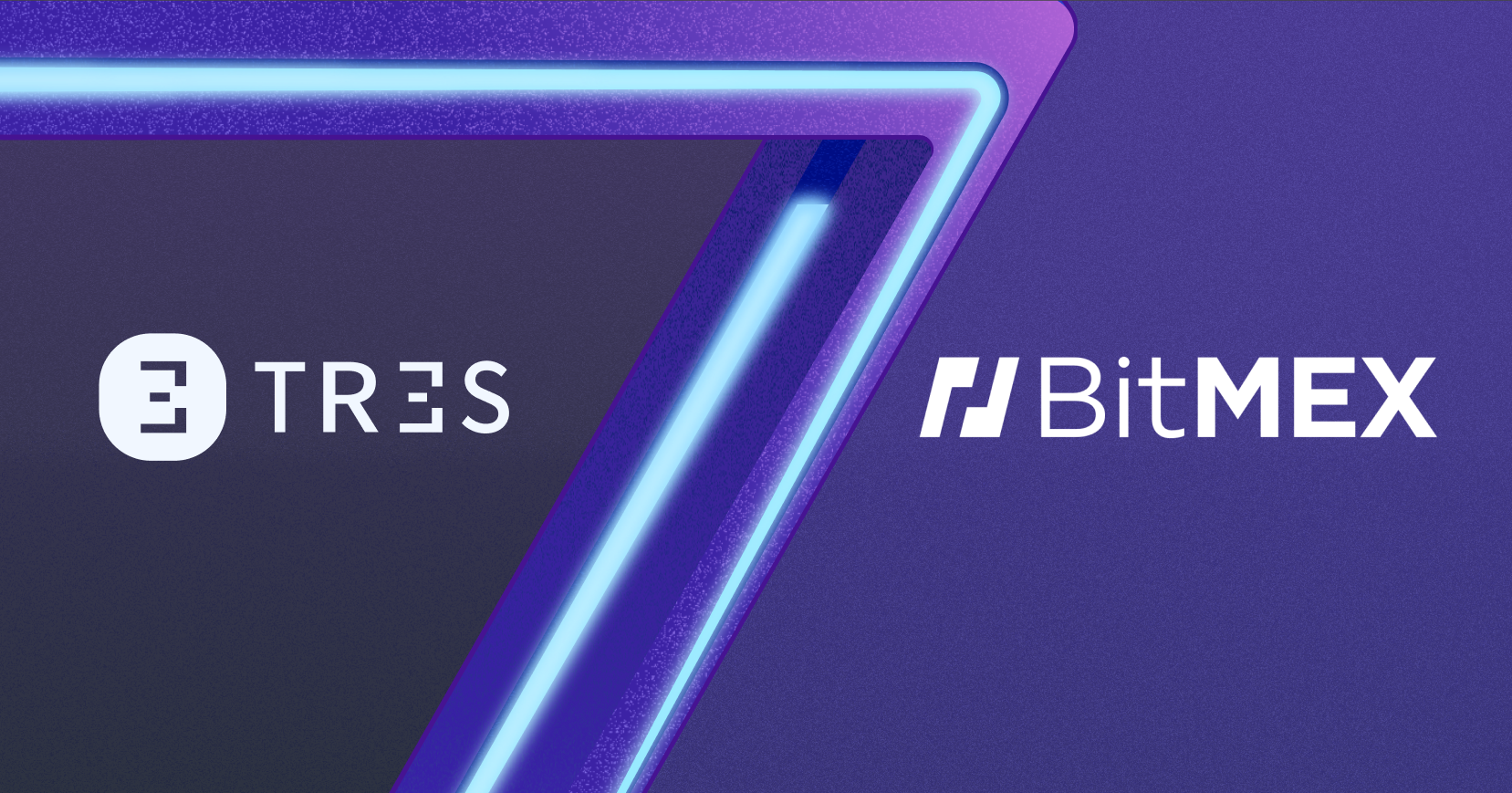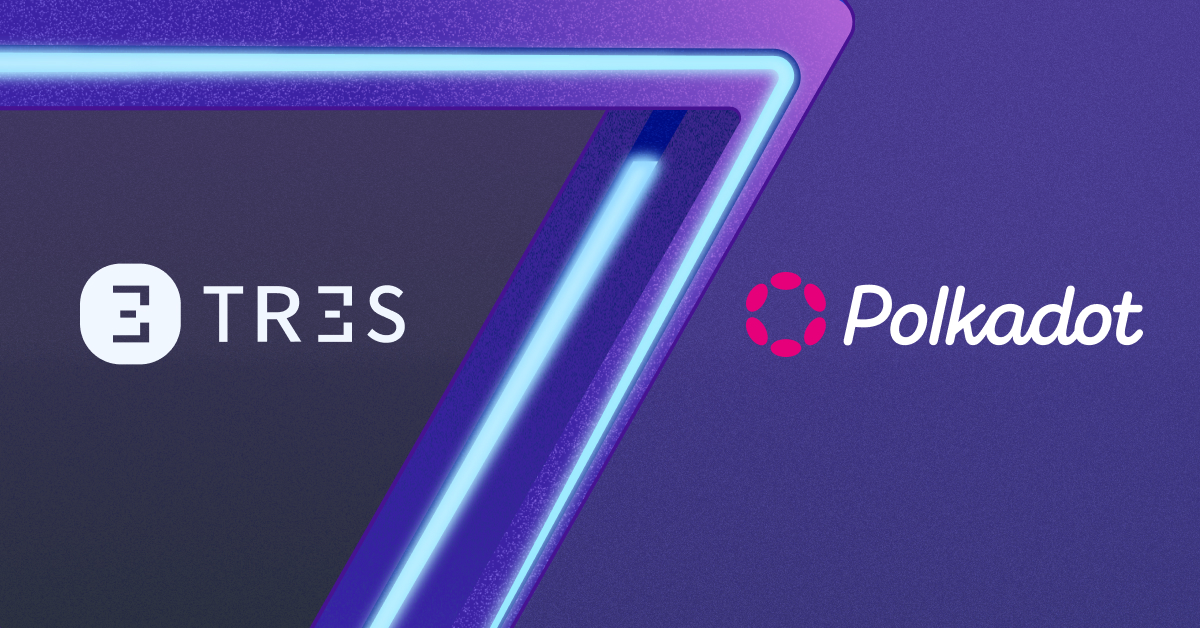
Understanding the Reconciliation Challenge
As digital assets become a staple in corporate finance, the task of reconciliation grows significantly more complex. Unlike traditional assets held in a centralized bank or broker account, crypto assets are distributed across blockchains, custodians, wallets, and protocols, each with its own structure and behavior.
In 2024 alone, over 650 million people globally held digital assets, with that number projected to rise significantly. This increased adoption brings with it new operational challenges, particularly for finance teams responsible for accurate reporting and audit readiness.
What Makes Digital Asset Reconciliation Difficult?
Reconciliation in crypto involves more than matching debits and credits. It requires a clear and complete picture of all activity across decentralized systems. Key challenges include:
- Fragmented data: Different chains have different schemas. Ethereum, Solana, and Bitcoin all expose data in unique ways.
- Inconsistent reporting: Custodians and exchanges may report balances or staking rewards differently.
- Onchain complexity: DeFi protocols introduce edge cases that traditional systems aren’t designed to handle, like token rebasing, flash loans, or liquidity pool positions.
These differences make reconciliation a moving target, especially for teams using spreadsheets or tools designed for traditional finance.
The Three Pillars of Reconciliation
A reliable reconciliation process depends on meeting three fundamental criteria:
- Accuracy: The data must reflect the exact state of the blockchain without transformation or omission.
- Completeness: Every transaction and position must be captured, across custodians, wallets, and protocols.
- Timeliness: Data must be available quickly enough to meet reporting and audit deadlines.
Failing to meet any one of these can compromise NAV calculations, introduce compliance risk, or lead to errors in financial reporting.
Historical Data: A Hidden Challenge
One of the most underestimated difficulties in crypto reconciliation is retrieving complete and accurate historical transaction data.
While real-time balances can be queried from blockchains or custodians, historical records, especially those going back months or years, often require piecing together data from:
- Onchain events across multiple chains and protocols
- Custodian and exchange exports, which may be missing or inconsistent
- Wallet addresses with fragmented activity over time
This becomes even more complex with decentralized finance activity, where positions can evolve without discrete transactions. For example, auto-compounding staking rewards, token rebasing, or liquidity pool dynamics can all affect holdings without obvious changes in wallet balances.
Without reliable historical data, core financial functions like cost basis tracking, retrospective NAV calculation, or audit preparation become extremely difficult. Effective reconciliation requires systems that can index and store historical data in a way that accurately reflects economic reality, not just raw blockchain state.
Common Approaches to Blockchain Data
1. Aggregated or Indexed Data
These tools organize onchain data into easier-to-query formats. They are useful for dashboards or exploratory analytics but may miss or alter transaction details during the indexing process, making them unreliable for accounting.
2. Custodian and Exchange APIs
APIs from centralized providers are common sources of data. However, they often lack standardization and do not always capture what is happening onchain, especially when assets are moved to DeFi protocols or non-custodial wallets.
3. RPC Calls to Blockchain Nodes
RPC (Remote Procedure Call) data is retrieved directly from blockchain nodes, providing the raw, unaltered view of what has happened onchain. This method offers the highest accuracy but can be technically demanding to implement at scale.
A Layered Reconciliation Architecture
An effective reconciliation process typically includes the following components:
1. Real-Time Data Collection
Integrating with wallets, custodians, and internal systems to capture transaction metadata as events occur. This includes confirmations, receipts, and references needed for audit trails.
2. Blockchain Node Access
Direct queries to nodes using RPC allow systems to verify every onchain event, from simple transfers to complex smart contract interactions. Failover systems ensure data continuity.
3. Indexing and Storage
A backend system continuously ingests and stores onchain data for historical reference. This enables long-term reconciliation, such as matching past trades or evaluating cost basis over time.
4. Reconciliation Logic
A reconciliation engine compares data across sources, custodians, nodes, and internal records, and flags any mismatches for review. Ideally, this engine runs continuously to maintain an up-to-date view.
5. Reporting and Compliance Layer
Finalized data is fed into reporting systems for NAV calculation, compliance checks, and financial statements. Anomalies or gaps are surfaced for resolution and review.
Building Confidence in the Numbers
Digital asset reconciliation is not just about meeting today’s reporting needs. It is about creating a scalable foundation for future financial operations. With the right architecture, finance teams can maintain confidence in their numbers, meet regulatory requirements, and avoid downstream errors.
The complexity of blockchain data does not have to be a barrier. By understanding the key principles and designing a system that prioritizes accuracy, completeness, and timeliness, while accounting for historical detail, finance teams can operate with the same confidence they have in traditional assets.
How TRES Finance Helps
At TRES Finance, we have built a platform specifically designed to meet the challenges of crypto reconciliation at scale. By combining direct blockchain access, automated transaction matching, and built-in historical indexing, we help finance teams maintain complete, audit-ready records without manual cleanup or fragmented tooling. Whether you are tracking multi-chain activity, reconciling staking rewards, or preparing for regulatory review, TRES gives you the clarity and control needed to confidently manage digital assets in a financial context.
Interested in TRES?





